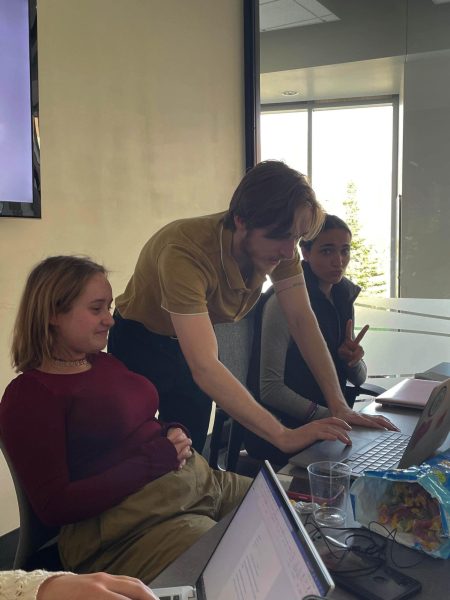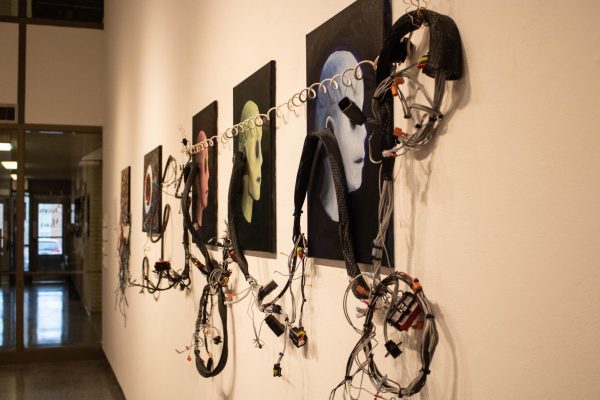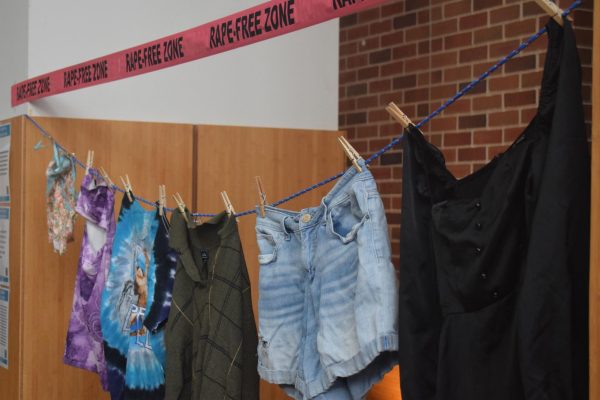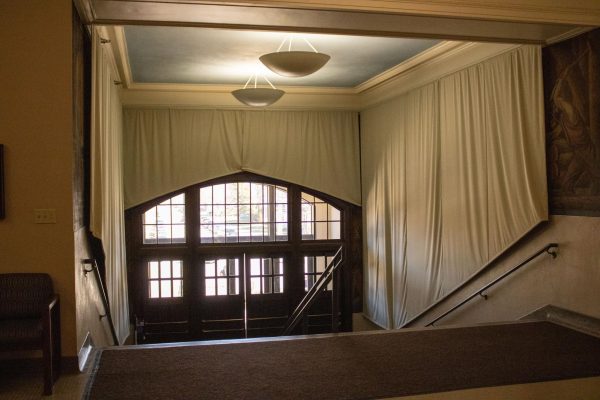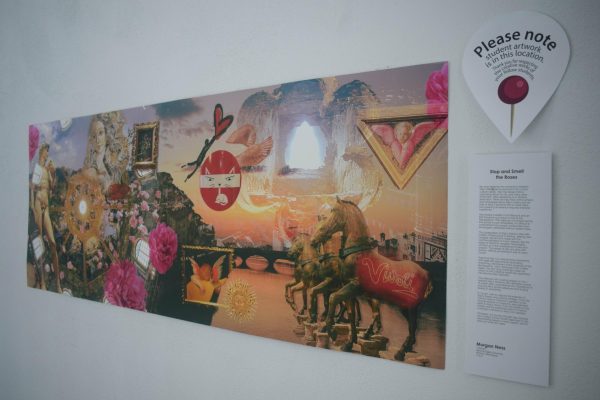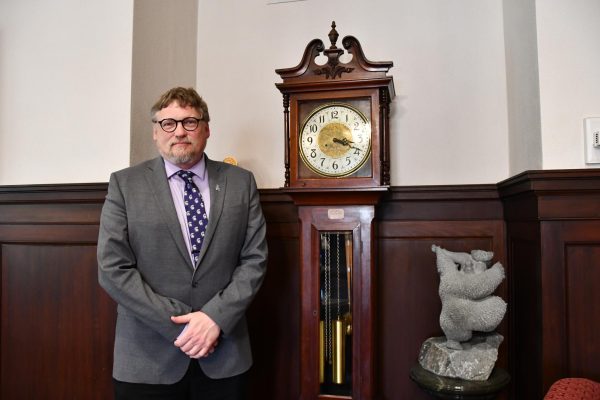English professor publishes book
March 21, 2018
Karen Schroeder has been a professor at Winona State University in the English department for the last two years. After an interview with Schroeder, it was easy to see that she is extremely passionate about what she does here at Winona State and about her new book, “Cosmos and the Rhetoric of Popular Science.”
In the fall of 2009, Schroeder started writing her dissertation in preparation to graduate. That dissertation soon became the start of her new book.
Schroeder graduated from North Dakota State University with her Ph.D. and the start of a new adventure in writing her first book.
Schroeder had not decided to turn her dissertation into a book until she had a big “ah-ha moment” realizing she was more passionate about it all than she once thought.
It all began at a conference when a publisher approached Schroeder and encouraged her to turn a piece of her dissertation into a publisher. Schroeder then turned it into Rowman and Littlefield in 2014. Three years later, “Cosmos and the Rhetoric of Popular Science” was published in June of 2017.
Schroeder summarizers her book on the back cover: “Cosmos and the Rhetoric of Popular Science builds on Thomas M. Lessl’s observations regarding Cosmos’ connection to the mythic and science fiction”.
Exploring the fuzzy line between fact and fiction, Schroeder digs into understanding that science can be deceiving. Oftentimes, “science is not fake, but it is also not real,” Schroeder says.
“It is about the sandwiching of dramatizations of fiction with re-enactments of scientific discoveries,” Schroeder said.
It connects ideas from Carl Sagan’s Cosmos, Thomas M. Lessl’s observations, countless hours of personal research and Schroeder’s own concepts to create her book.
Schroeder realized that science is not always truthful. When looking at images of the Cat’s-eye nebula, it is a strikingly beautiful nebula of color and unique shapes. Schroeder realized that the Cat’s-eye nebula cannot look like it is described, because the human eye simply cannot see the nebula.
Being it is science though, humans believe that what they see is the truth.
“It is so obvious that these images of the Cat’s-eye nebula are fake but we believe it. Why?” Schroeder said.
Exploring this topic and more like it are the main premise of her book.
Stated by Carl Sagan on Space.com, “at the heart of science is an essential balance between two seemingly contradictory attitudes—an openness to new ideas, no matter how bizarre or counterintuitive they may be, and the most ruthless skeptical scrutiny of all ideas, old and new. This is how deep truths are winnowed from deep nonsense.”





























































